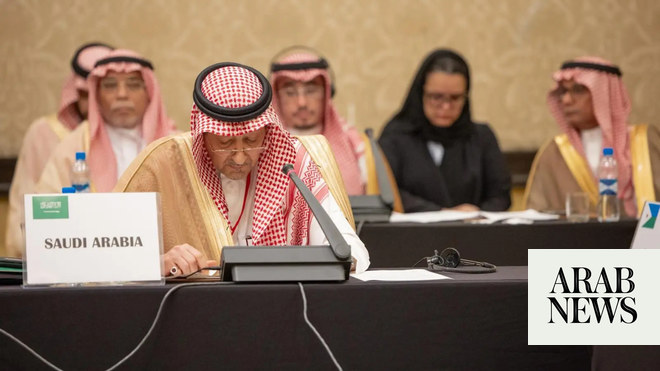BAHA: In the heart of Saudi Arabia's Baha region, a humble cactus is sparking an agricultural revolution. The prickly pear, known locally as Al-Barshumi, has evolved from a niche crop into a burgeoning industry.
Prickly pear cultivation was once limited to private farms, but has now spurred scientific research and produced a range of food, medicinal and cosmetic products.
The triumph of the fruit is reflected in the brilliant variety of greens, yellows and reds that now adorn the mountains, terraces, valleys and plains of Baha – a spectacle that is further enhanced by the region's regular rainfall.
Fahd Al-Zahrani, Director General of the Baha Department of the Ministry of Environment, Water and Agriculture, spoke about the government’s commitment to this agricultural renaissance.
“We have set up our own production line and oil press, which benefits all farmers in the region,” he said.
He also hinted at plans for a more comprehensive production line and the creation of an integrated prickly pear city, to be developed in collaboration with the region's prickly pear association.
The architect of the initiative, Faeq Al-Ghamdi, recounted the humble beginnings. He said that what started as 80 knotted seedlings on a single farm has become a network of 26 cooperating farms that together produce 40 to 70 tons annually.
By 2021, the farms had more than 400 seedlings of premium varieties, including ‘Gimoncaryo’ and ‘Marez.’ This growth has allowed them to diversify beyond simple fruit production with a range of innovative products, including prickly pear juice, ice cream and soap.
Al-Ghamdi's original farm now grows 3,000 seedlings, including imported varieties, with an annual yield of 3-5 tons.
“In just four years, we have developed 20 products, some of which are already registered and others are in various stages of registration and research,” he said, adding that more innovations, including a perfume extract, are in the pipeline.
The project, known as the Al-Sarah Al-Barshumi Initiative, has also produced seven scientific studies aimed at the sustainable development of the prickly pear plant.
Al-Ghamdi's vision goes beyond cultivation and aims to make Baha a regional leader in prickly pear production, achieve domestic self-sufficiency and develop export markets. The project is working to double the current area under cultivation, build model agricultural towns, develop a specialized processing industry and market 30 prickly pear products.
“The cultivation process begins with what we call pads or stems,” he said. “These parts are carefully separated from the mother plant and we then expose these cuttings to sunlight for a period of seven to 10 days due to the high liquid content of the pads so that they can dry and be prepared for planting. Once they are cured, we carefully select the planting formation.”
Beyond the economic impact, the prickly pear boom also promises significant health benefits, says Dr. Nadia Al-Zahrani, a nutritionist at Al-Baha University.
“Prickly pears come in all colors, from green to red, with the red variety being the sweetest,” she said.
She pointed to the high content of fiber, vitamins E, C and K and various minerals and said: “These components contribute to weight control and the regulation of blood sugar and lipid levels.”
Al-Zahrani said another use of the prickly pear is skin care.
“The cactus’ high vitamin and mineral content plays a crucial role in improving the appearance and health of the skin,” she said.
Many farmers in the region grow prickly pears, taking advantage of the area's unique environmental benefits as well as the region's fertile soil and abundant water reserves.
They have adopted modern cultivation techniques and begun introducing new varieties of fruit and trees, many of which were previously unknown in the region.
